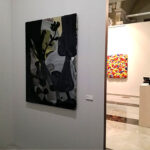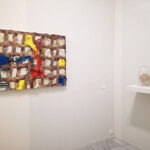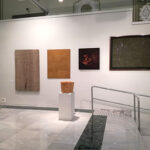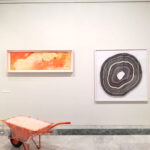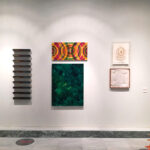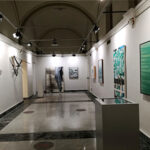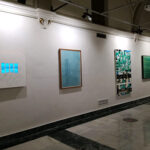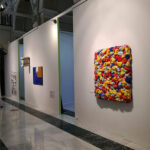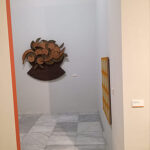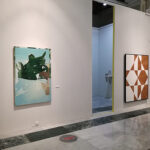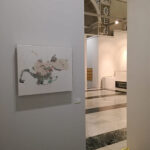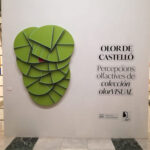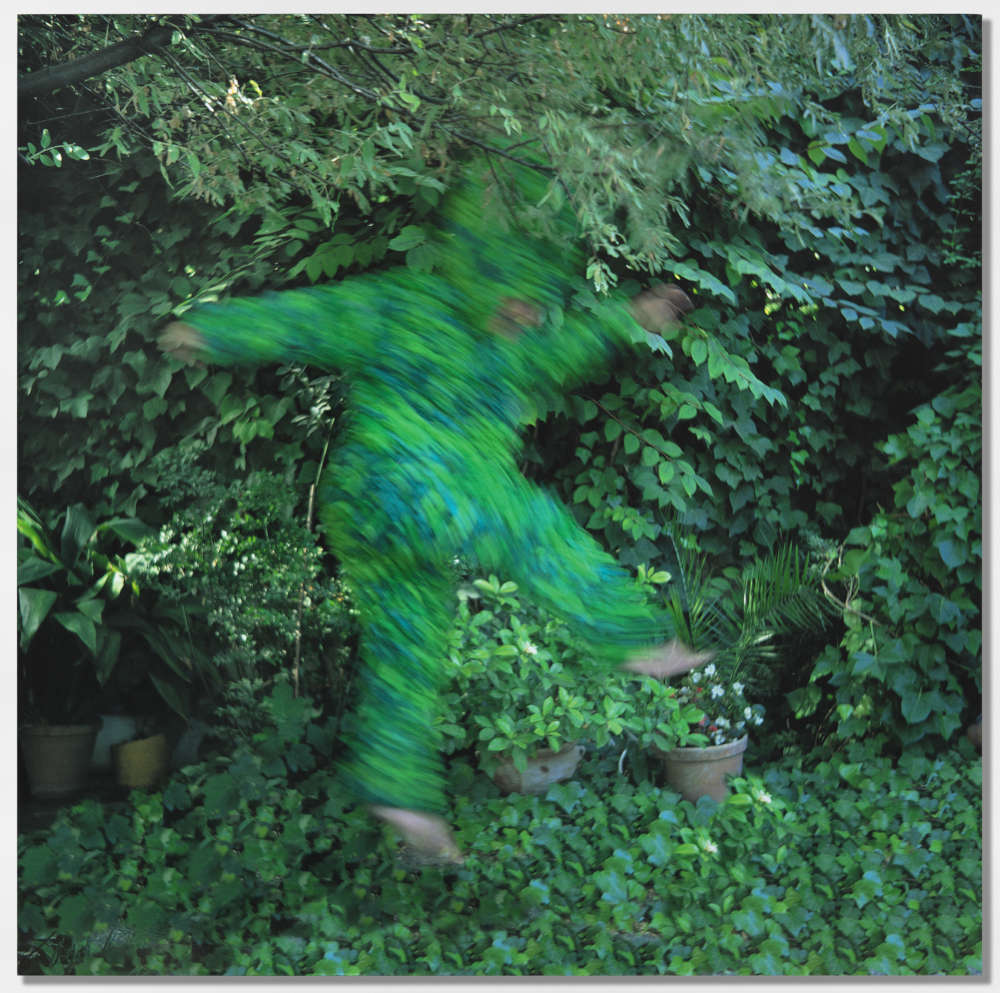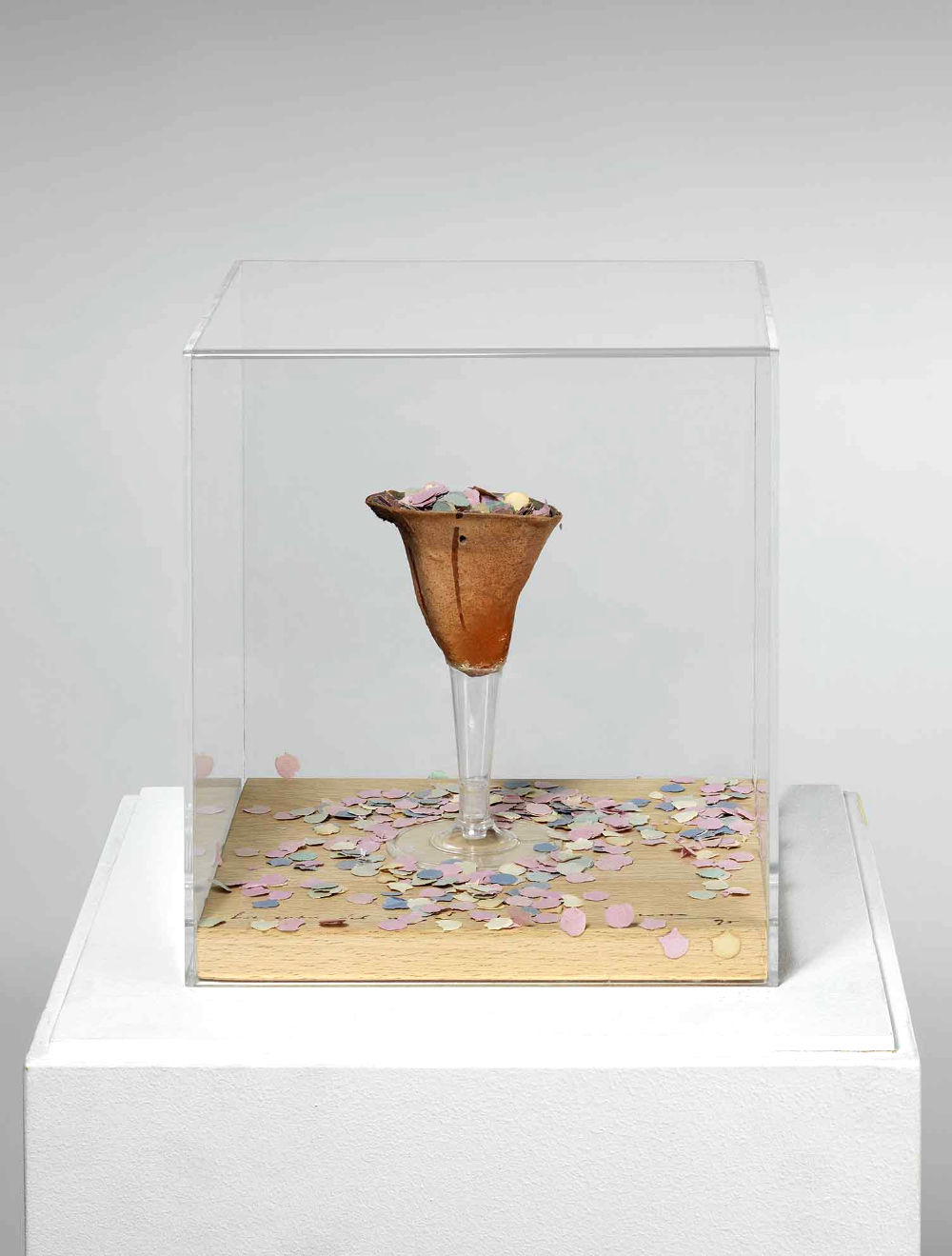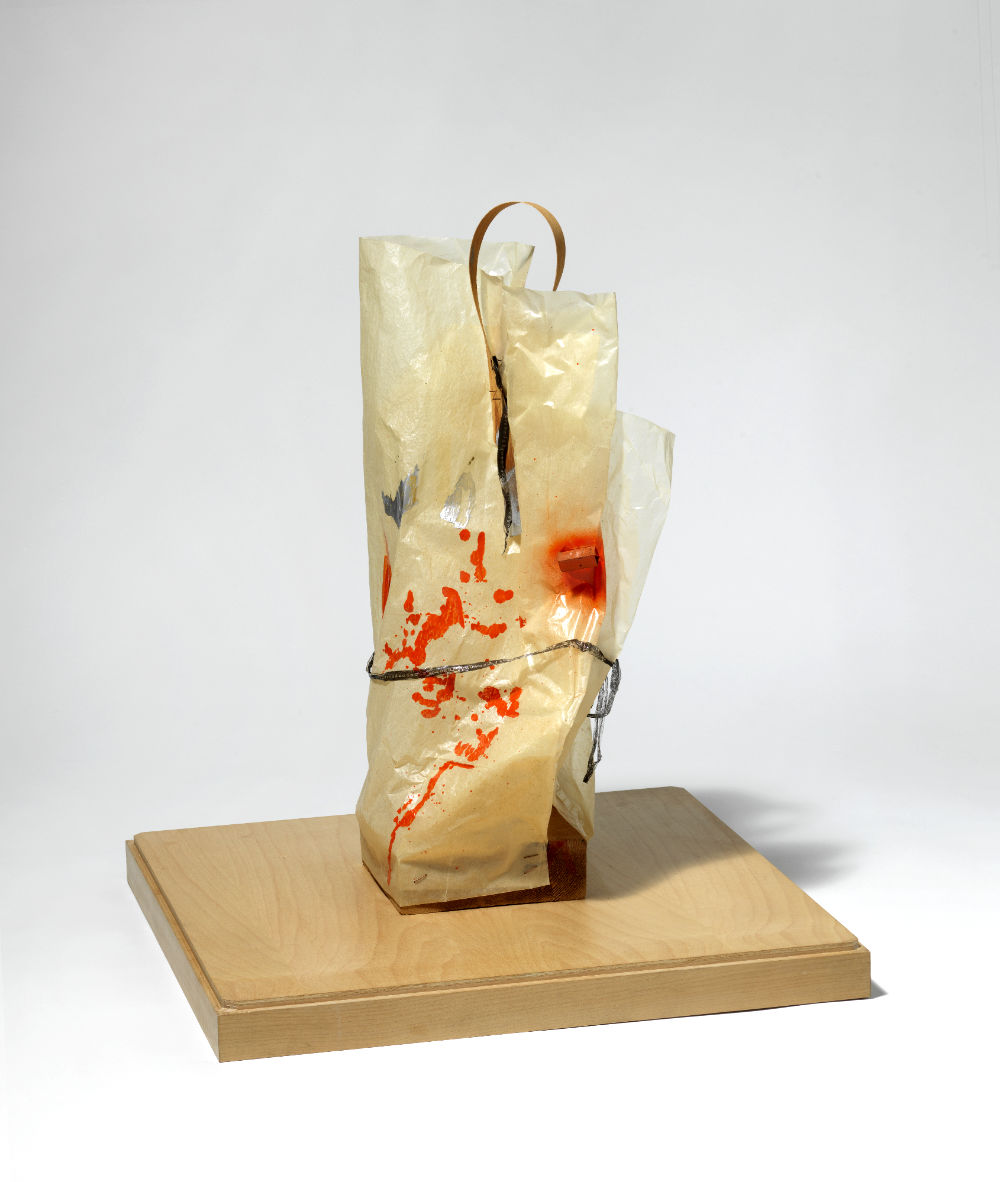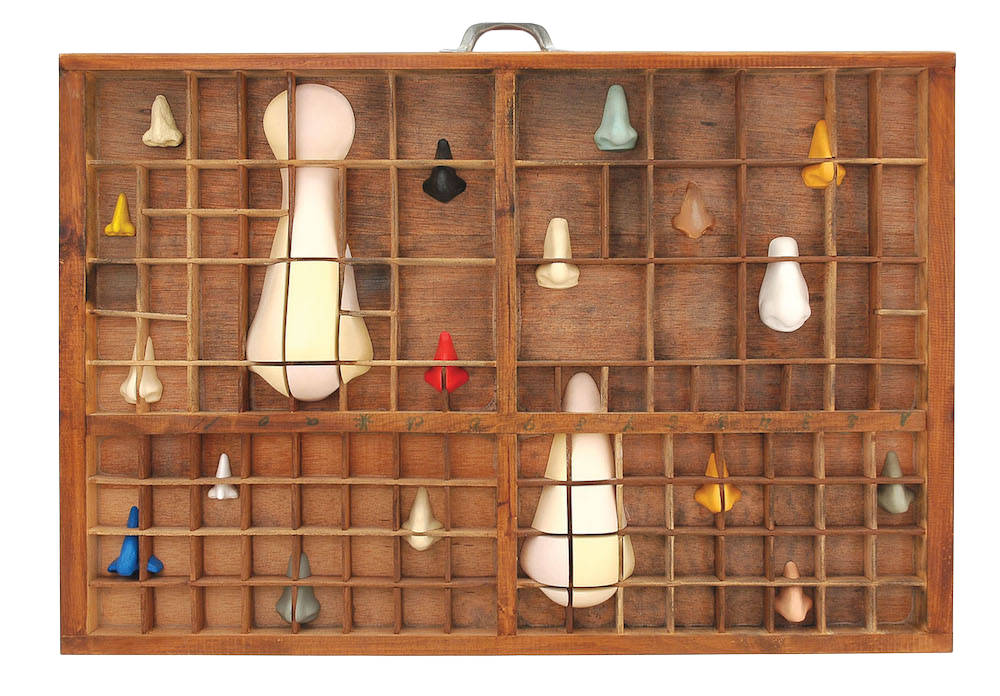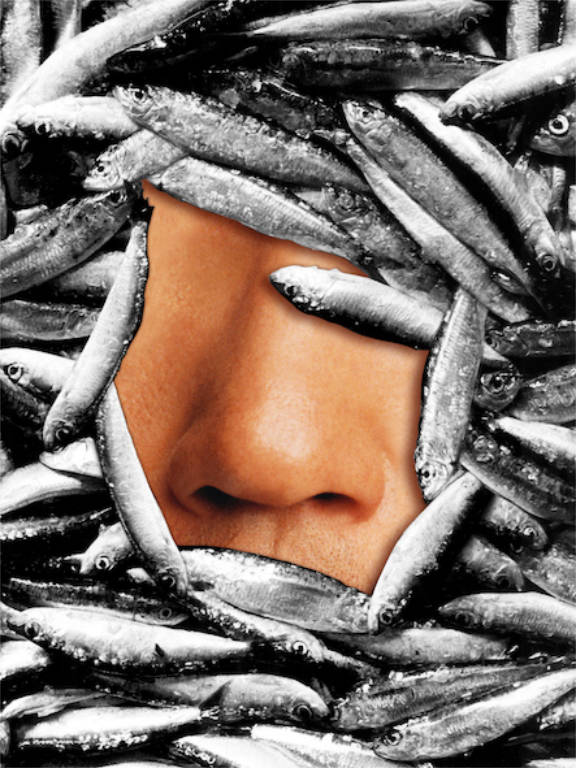Scent of Castelló. Olfactory perceptions of colección olorVISUAL
Fundación Ernesto Ventós
Smells activate our memories, though we may not be aware of this until something draws our attention to it. The sense of smell guides us from the moment we are born and is essential to the construction of the olfactory memories that connect with our most intimate self as we construct our olfactory memory.
Scent of Castelló. Olfactory Perceptions of colección olorVISUAL aims to remind us, through the scents and contemporary artworks from the collection, of events that configure the history of the city.
The exhibition project is developed from four crops, hemp, carob, orange and rice, in recognition of their impact on the physical and economic transformations that Castelló has experienced. It also focuses on the sea and the port, crucial elements in the city’s history, some of which we shall now briefly sketch.
Each area will be interpreted with a smell, which will help us delve a little deeper into the memories.
Cannabis sativa or common hemp. Weaving life: thread, canvas, sheets
Olfactory notes: herbaceous – floral
We are referring to a bitter taste and a penetrating aroma, greenish yellow or brown. This is how we interpret the history of hemp in colección olorVISUAL: we see it reflected in the greenish tones of the works of Jus Jutmans and of Berta Cáccamo, which shift towards yellow in the work of José María Guerrero Medina. The fields take on the appearance of the piece by Lawrence Carrol and Jürgen Parteheimer and the dry stalk is glimpsed in the work by Moisés Villèlia. The tools look to be represented in the work of Laura Lio and the end product of the entire process, cloth and fabric, in the works by Mark Hagen, Fabian Marcaccio and Daniel Verbis.
The carob tree. From the old wood, flowers and trees grow
Olfactory notes: gourmand – sweet
From colección olorVISUAL we see green trees in dry terrain in the works of Juan Bufill, Santi Moix, Lluís León, Manolo Paz and Millar Lagos. Twisted trunks and deep roots are represented in the pieces by Albert Miralta, Pele Torres and Antonio Saura. In the works of José María Guijarro and Xavi Puente we find the wood that becomes more robust with the years. The smell, between sweet and harsh, that we perceive in the midst of carob trees is conjured up in the works by Antonio Girbés and Emanuel Seitz.
Orange trees. ‘Spring has entered my balcony with the smell of orange blossom and the sea’
Olfactory notes: floral – woody
In colección olorVISUAL the expanses of green and orange inspire the works of Toño Barreiro, Charo Pradas and David Ymbernon. The rows of trees stretching away to infinity call to mind the work of Alfredo Álvarez Plágaro and the smell that fills the springtime air of the flowering season those of Equipo 57 and Aurèlia Muñoz. The brilliant and aromatic colours of the fruits full of juice are reflected in Miroslaw Balka, Juan Diego Miguel and Antonio Ballester Moreno.
The rice fields. From a time when rice was not just eaten but grown in Castelló
Olfactory notes: green – floral
Land waiting – Bosco Sodi, Günter Förg – to be inundated and greenery that wants to emerge – Ellen Kooi, Antoni Muntades. Fields with the full-grown plant – Pedro Cabrita Reis – ready for its fruit to be harvested. Sweet smells and dust as the grain is separated before being brought to the table – Joan Cortés, Pavel Büchler.
The sea and the port. Maresia is the smell of the sea
Olfactory notes: maritime – metallic
Blue waters that change with the light and the seasons, calm or wild – Hugo Fontela, Joan-Josep Tharrats and Paloma Navares. Waters that transform inside the port, getting dirty and losing that smell of freedom to turn dense – Luis Gordillo and Jordi Alcaraz. The horizon – Vicent Carda, Herbert Hamak – that we see from the cultivated fields and the town, separating sky from earth, sky from sea.
As Ernesto Ventós often reminded us, ‘Words are forgotten, smells are not’. The Scent of Castelló project aims to bring out the full sense of that insight by means of the smells that accompany the works in colección olorVISUAL: the olfactory memory of the people of Castelló embodied in art.
From the Ernesto Ventós Foundation we invite you to enjoy the smells of your history!
Cristina Agàpito – Pilar Dolz
